Microcavity platforms
Cavity physics made simple.
The Qlibri microcavity platform simplifies high-finesse cavity experiments, delivering unmatched stability even within a vibration-prone cryostat. With turnkey control, flexible signal collection, and expert support, it’s the fastest path from concept to breakthrough in cavity physics.
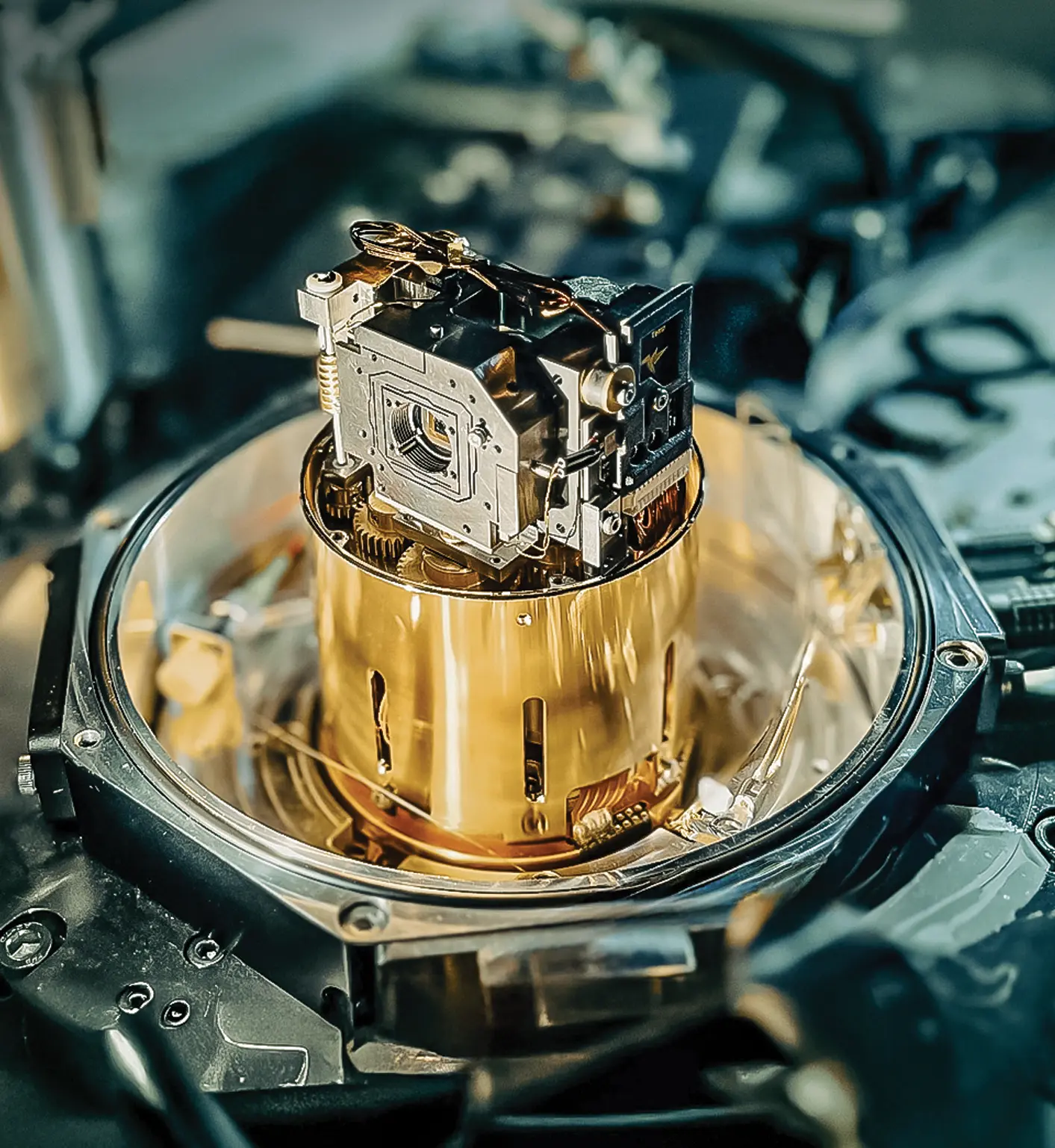
Complete microcavity package
Get started immediately with a complete cutting-edge solution including electronics, mechanics and optics.
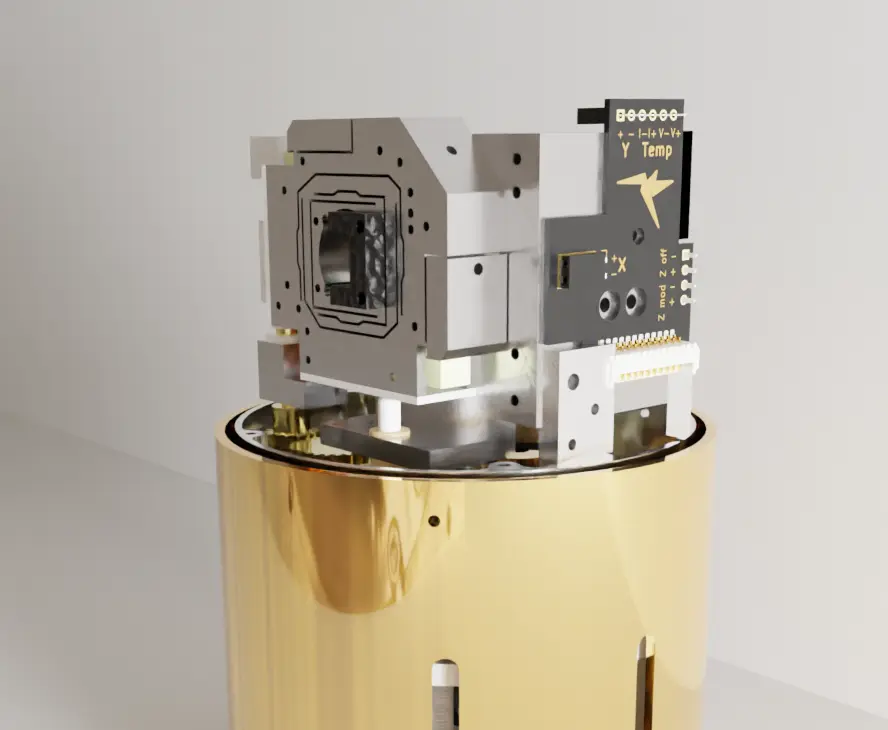
Stability
- Planar–concave Fabry–Pérot microcavity on a custom-engineered, ultra-stiff positioning system.
- Passive damping stage mechanically decouples the system from environmental vibrations.
- Continuous cavity length and lateral tuning over millimeter ranges with sub-nanometer stability.

Software
- Measurement and analysis modules in Python for easy and fast data acquisition and integration with your lab routines.
- Easily extendable to support additional hardware (e.g., spectrometers, lock-in amplifiers)
- FPGA-based, low-noise controller for fast, precise cavity control

Support
- Guidance in experiment planning
- Simulation and design of optimized cavity parameters
- Hands-on troubleshooting and technical assistance

Versatility
- Broad range of stock and custom cavity mirrors, all easily swappable to suit diverse applications
Performance specs
Spectral range
350 - 2000 nm
Broad VIS/NIR coverage with exchangeable mirrors
Scanning range room temperature
100 x 100 µm²
Fast room temperature imaging
Scanning range low temperature
10 x 10 µm²
Fast low temperature imaging
Cryostat compatibility
< 10 K
Reliable operation at cryogenic temperatures
Spectral bandwidth
Δλ > 150 nm
Broadband mirror coatings for variety of experiments
Magnetic field
Up to 150 mT
Optional Helmholtz coil integration
Stability
< 10 pm
Exceptional stability, even in a closed-cycle cryostat
Mode volume
V < 2λ³
Small mode volume for efficient interaction with single emitters
Finesse
F>10⁵ | Q>10⁶
Ultra-high reflectivity for strong light–matter coupling
What can be coupled?
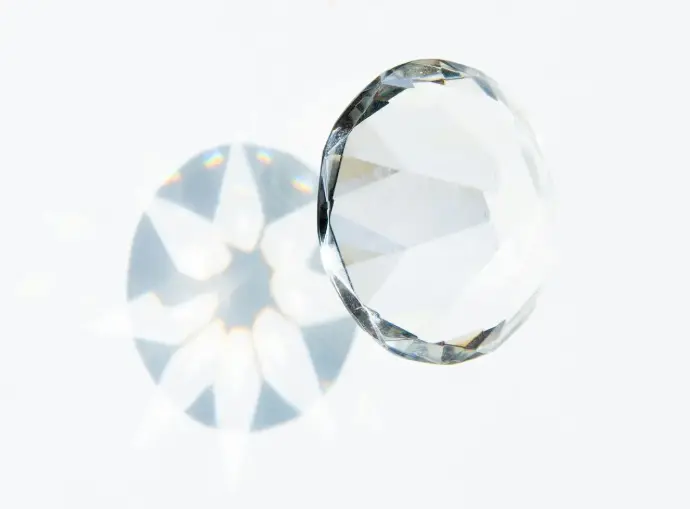
Defects in diamond:
NVs, SiVs, SnVs...
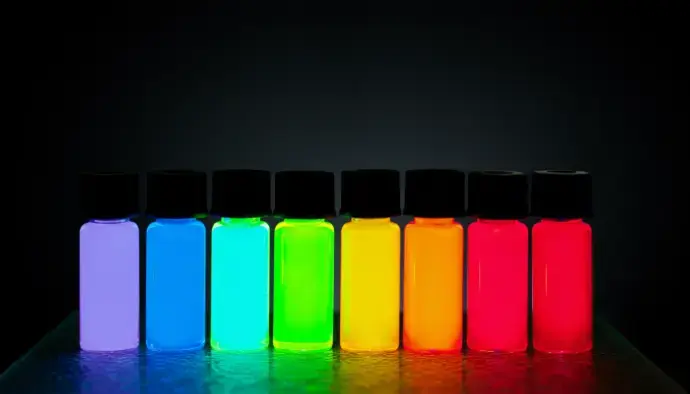
Quantum dots:
Perovskites, epitaxial...
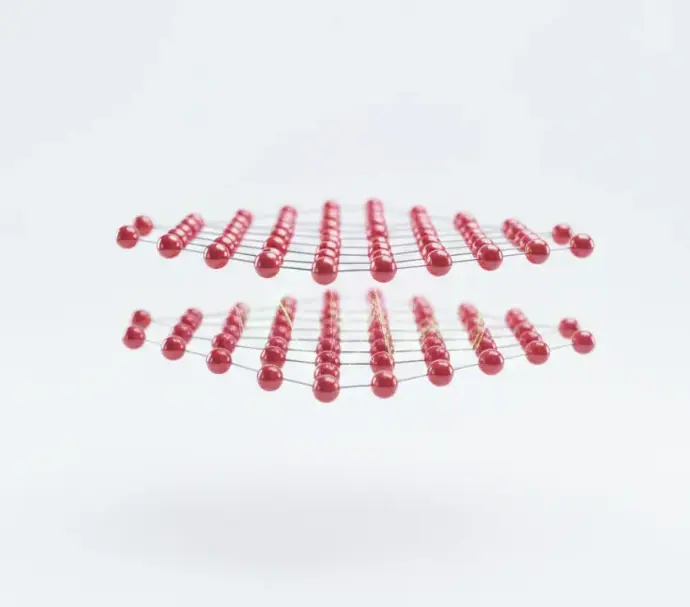
2D materials:
TMDs, HbN...

And many others
.................
How it Works
- A microscopic concave fiber-based mirror and a planar macroscopic sample mirror create a high-finesse Fabry–Perot resonator.
- The planar mirror doubles as the substrate, allowing direct placement of materials into the cavity mode.
- Both mirrors are mounted on an ultra-stiff positioning system, mechanically decoupled from vibrations with a passive damping stage.
- The system enables continuous cavity length tuning and lateral scanning over millimeter ranges with cryostat-ready stability
- Light is coupled into the cavity via the fiber mirror, and signals are collected either in free-space transmission or fiber reflection allowing flexible readout.

Scanning cavity technology
Optional upgrades

Magnetic field integration
Optional Helmholtz coil module applies magnetic fields (hundred milliTesla) perpendicular to the resonator axis which is ideal for experiments requiring spin or magneto-optical control.

Active stabilization module
Add side-of-fringe locking to a tunable narrow-linewidth laser for enhanced ultimate stability (upgradeable at any time).



